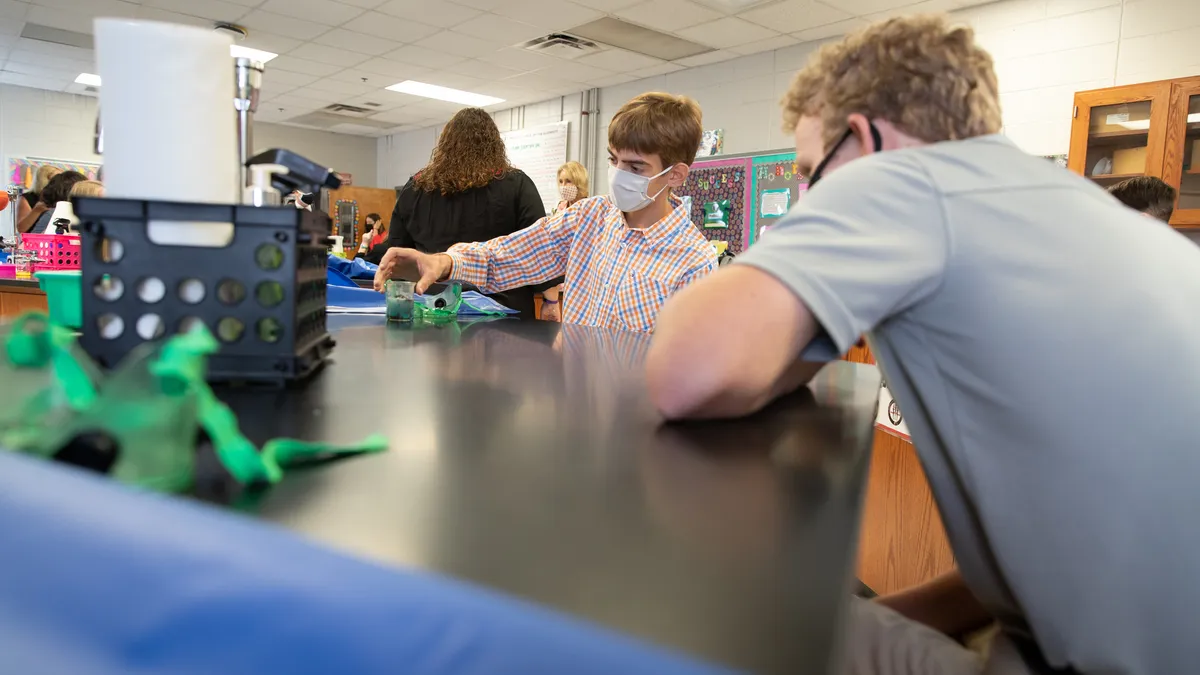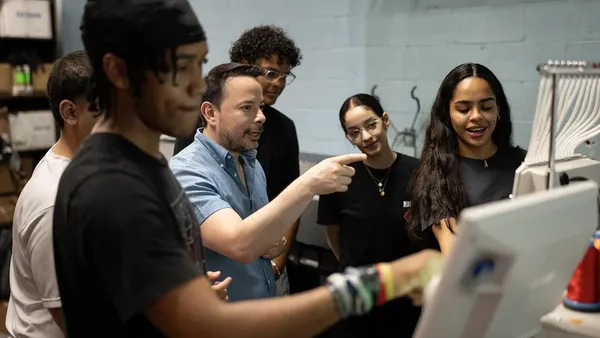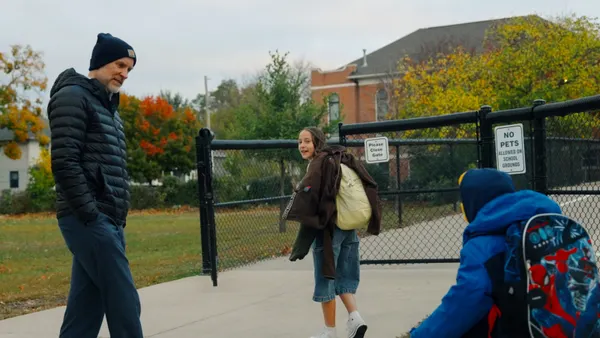Dive Brief:
- With environmental concerns growing worldwide, educators can find ways to help students develop their critical thinking skills about climate change across curriculum, consultant James Fester writes for Edutopia.
- Students in art classes, for example, can create visual pieces that help motivate others to not just think about climate change but take actions to mitigate its effects. And those in English language arts courses can read about the issue or craft their own pieces that draw on research and information they’ve gathered.
- Social studies students can examine how past societies lived in response to their environments as compared to today, while math classes can look at the way data is used by those studying and trying to mitigate the impact of climate change, utilizing skills and concepts from graphing to statistics.
Dive Insight:
Schools can incorporate environmental awareness into various subjects by tapping project-based learning strategies in the classroom. These options can help enhance student engagement in assignments, and in school overall, which educators may find helpful after a year of social distancing and remote learning for teachers and learners alike.
One good place to start is to find a way to localize assignments, so students learn about how environmental concerns directly impact their own lives. These personal connections can spark interest and engagement as pupils uncover the relevance of the subject to their own lives.
The National Climate Assessment report, done every four years, is one example of a PBL resource in this subject area that allows students to uncover details from their own geographic area. The most recent report is from 2018 and is broken into 10 regions.
Educators can also tap other real-world examples that may be applicable to a student’s life to highlight environmental concerns, such as talking about the ways communities, schools and even families use fossil fuels in their own daily lives.
While many schools have now returned to in-person learning, PBL can also be employed in online settings, useful when having students work in classrooms with digital tools, or where classes may be organizing and sharing their work in a virtual setting. Teachers can set up digital project walls to post details about assignments and also create breakout rooms online where students can work on smaller pieces of an assignment or collaborate with peers in chat rooms.











